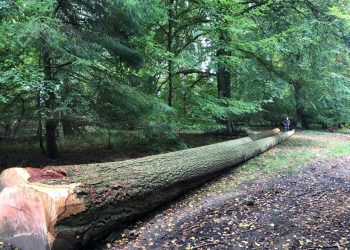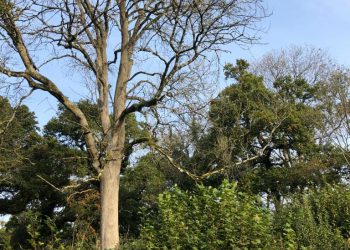
Woodlands
Two large Douglas Fir trees were recently felled as part of our ‘selective thinning’ policy. These impressive trees were around 85 foot in length, with a diameter of 90cm at ‘breast height’ and an age 115 years old. The trees are to be used to teach tree climbing at a local training centre. The hole…
Read more


